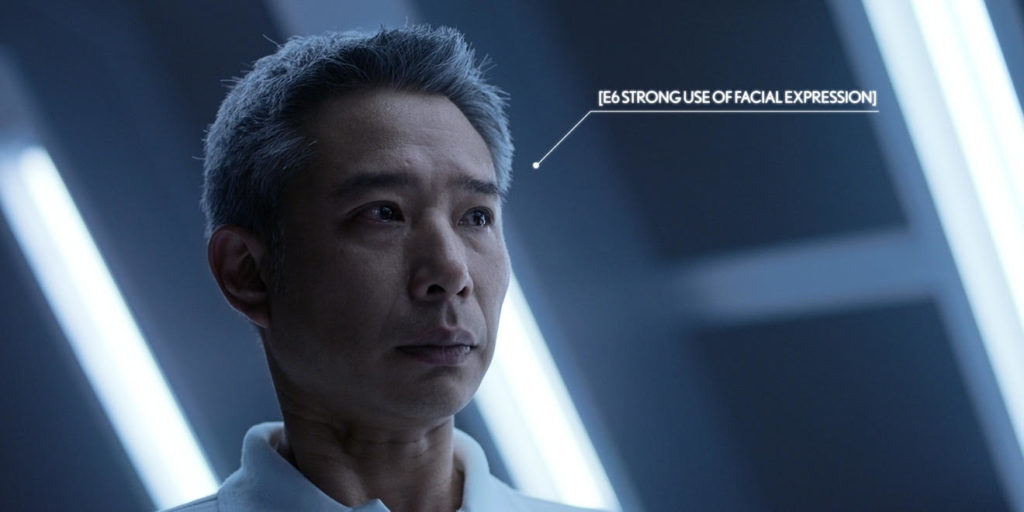The Lexus teamed up with the ad agency The&Partnership to create what they describe as the first ad both written by an AI and directed by an Oscar winner, Kevin Macdonald, who won the Oscar for Best Documentary in 2001 for “One Day in September” about the 1972 murder of 11 Israeli athletes at the Munich Olympics. You probably know him best for his work as director of “The Last King of Scotland” in 2006), and the political thriller “State of Play” in 2009.
This is a bit of a follow-up to my video interview with IBM, Ogilvy and renowned film director Brad Turner. IBM unveiled a new movie with seven different endings (you make plot decisions as the movie progresses) which shows how IBM business apps combine the power of enterprise data,
23 November 2018 (Malta) – When it comes to the creative side of advertising, the promise of artificial intelligence—that it could create ads optimized in every possible way—has mostly been the subject of satire. As I have noted in many previous posts to my advertising and digital media listservs, Twitter gave birth to a meme about forcing bots to watch 1,000 hours of programming to write hilariously flawed (and fictional) scripts, and Burger King took the joke mainstream by making an ad campaign supposedly written by AI, which celebrated a chicken sandwich that “tastes like bird.” In launching that campaign, Burger King’s global head of brand management, Marcelo Pascoa, noted, “Artificial intelligence is not a substitute for a great creative idea coming from a real person”. But as I reported in my coverage earlier this year of the annual Cannes advertising conference, “Don Draper is dead”, advertising, once a creative industry, is becoming becoming more and more a data-driven business reliant on algorithms.
And so Lexus comes forth to put ll of these claims to the test.
The methodology
Creating the ad required a massive amount of back-end work, including the visual analysis of the past 15 years of Cannes Lion-winning car and luxury ads. But before we get into the details of how it was made, let’s take a look at the ad itself:
The ad tells the story of a Lexus engineer putting the finishing touches on the new ES model, which then enjoys a scenic drive before being subjected to an odd and highly publicized crash test. And let’s be clear: in terms of copywriting and overall creative, it’s NOT a stellar ad. While shot beautifully and compellingly by Macdonald, the spot’s script is definitely like a Sunday drive through the uncanny valley, with disjointed ideas forming a storyline that’s less of a narrative than a series of checked boxes. As one of the “creatives” at the ad agency said “I thought I’d be writing an ad with the assistance of AI. Instead, it took over and wrote the whole script.”
That said, it’s a worthwhile project for the industry to take a close look at. While relatively primitive in its storytelling ability, the technique shows an eerie amount of potential. A lot of other AI work to date has been interesting because of the process itself. This has been fascinating – maybe scary – because the end product is good in its own right.
So why did the AI write what it did? While the AI review of 15 years of Cannes Lion-winning ads was the backbone of the creative process, it was supplemented by several other injections of data and insight. Emotional intelligence data from a company called Unruly and a company called Visual Voice helped the machine learning process understand which parts of ads sparked responses from viewers. The agency then attempted to coach the AI on “intuition” and how intuitive viewers respond to ads, through an experiment with applied science lab MindX, which my e-discovery readers will recognize from their work on audio/visual analytics.
Here’s another look at the ad, this time pausing to explain the data point behind each scene:

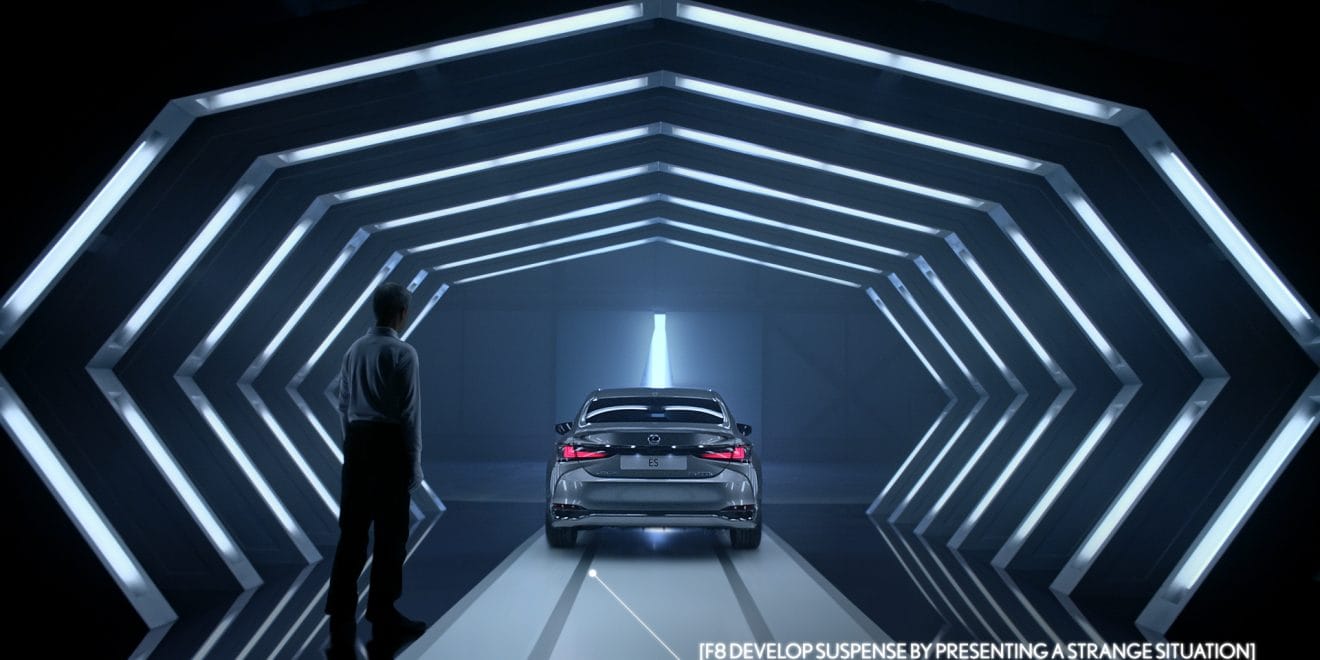


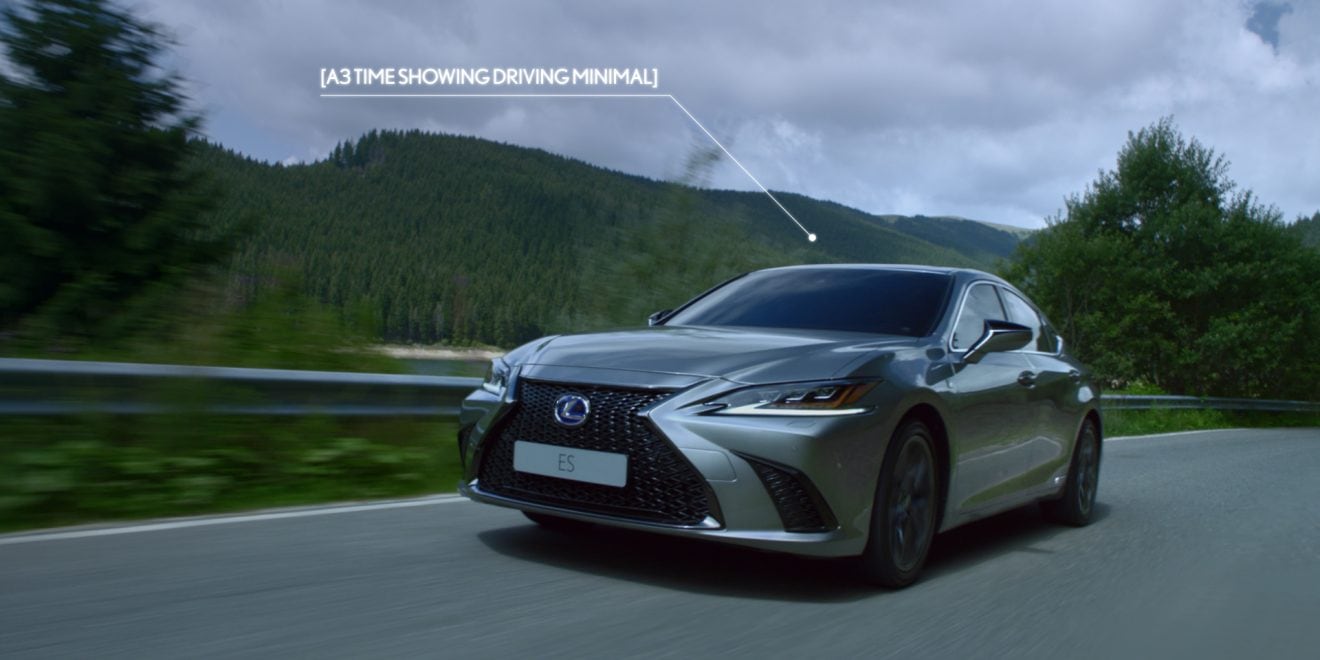

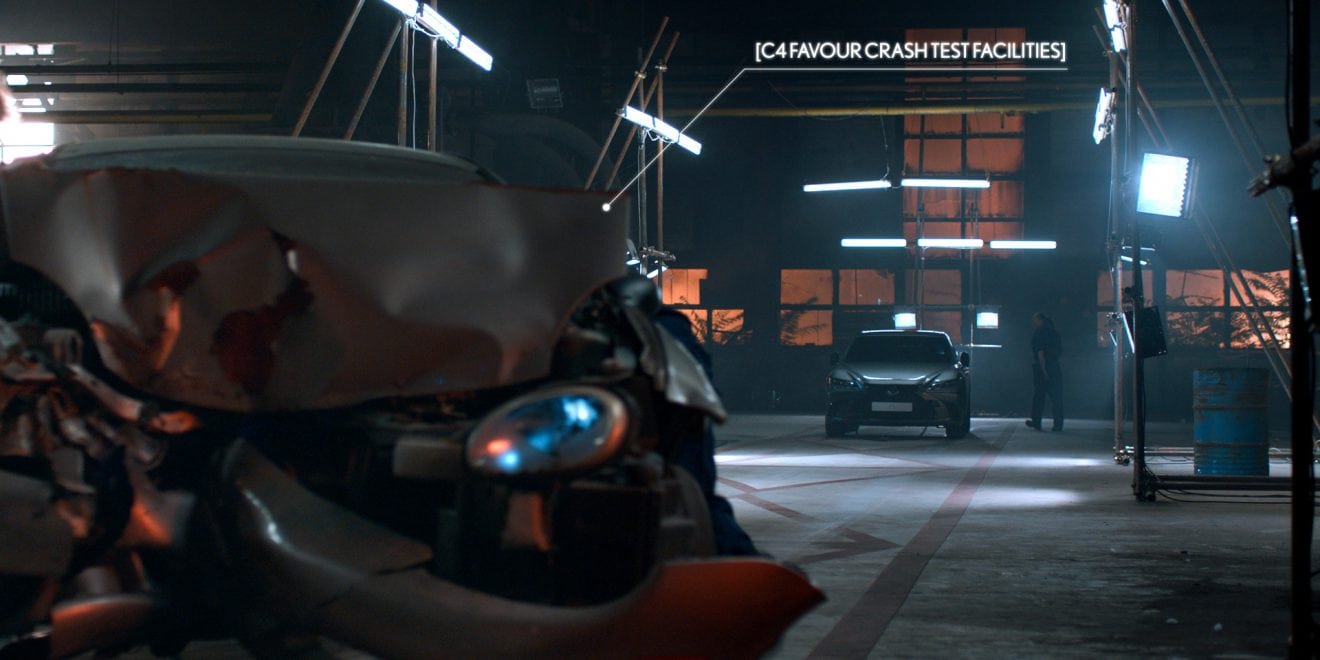



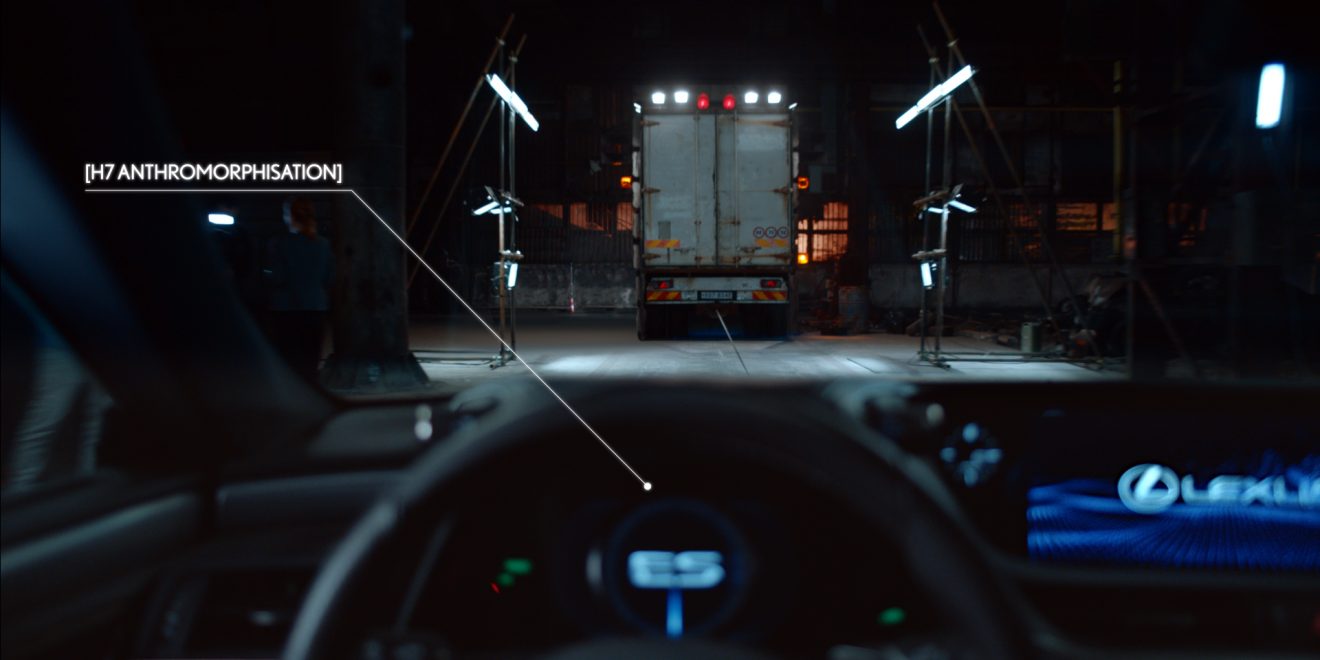


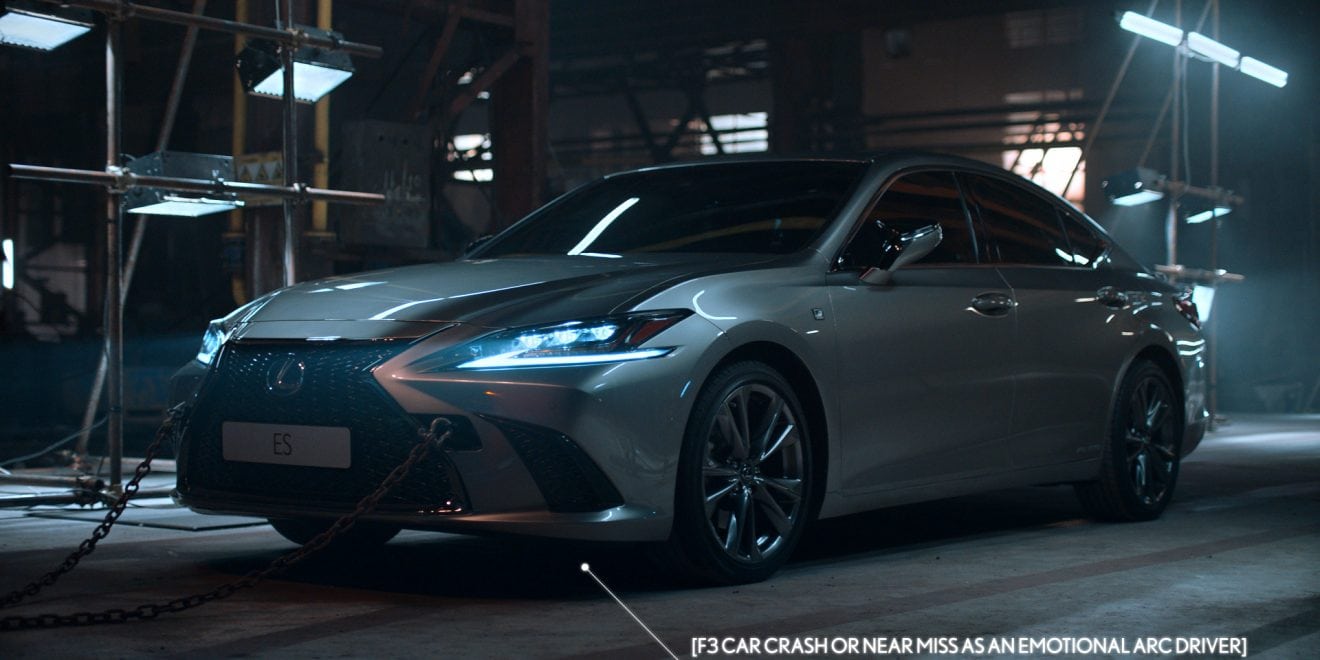
So what you have is an AI-produced script for an ad campaign: a narrative rich in genuine human emotion and indistinguishable (pretty much) from something written by a human, bar some unexpected details. For example, the AI gives the character of the car sentience and surprising emotional depth – a machine telling the story of a machine coming to life. Alongside each line of the script, the AI produced a highly detailed data key, providing references spanning the 15 years’ worth of adverts it had studied to back up the effectiveness of each twist and turn in its storyline. The result? An unusual and engaging short drama: a 60” film telling the story of a Japanese Lexus Takumi Master craftsman who, having worked painstakingly on the new Lexus ES, releases his finished car out into the world – only for it to be kidnapped and nearly destroyed. At the crucial moment, however, the car comes to life to avoid its own test crash – demonstrating the engineering and design that make the new ES Lexus’s most intuitive model to date.
I spent some time chatting with the agency and Lexus, as well as the AI folks at Unruly. Let me pull some of the key findings I found from AI in terms of the ingredients for a perfect car advert:
- the car doesn’t need to drive at all, unless this is part of the story;
- the driving should be peripheral to the story;
- characters in the story should have an emotional designator, for example a husband or father over driver or engineer; and
- the use of children helps increase the emotionality of an advert.
Additionally, strong facial expressions are more powerful than strong language; ads are most effective where use of the spoken word is limited; use of a midpoint or twist is important to keep the story moving and to maintain interest; and the midpoint should involve an unexpected event, for example a crash or near miss.
A deeper dive
These new AI language systems (super-sophisticated neural networks) learn by analyzing millions of sentences written by humans … plus the visuals. These systems are very similar to the ones developed by OpenAI and Google: analyzing thousands of books and materials in order to learn a particular skill. In the e-discovery industry, it’s the “new new’ thing: creating a technology that can read, summarize and synthesize big, messy, unstructured collections of information. And it is (slowly) succeeding in part because it has leaned on enormous amounts of computer processing power that was not available to neural networks in years past.
